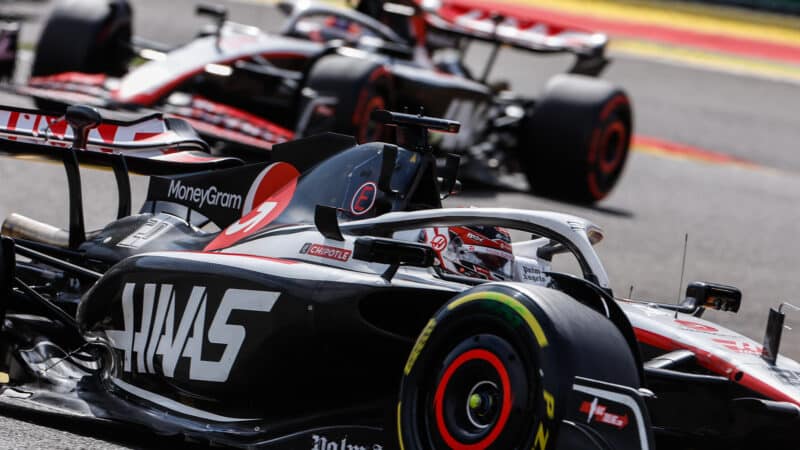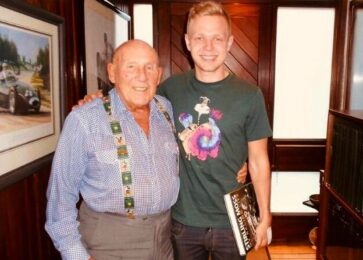Obviously Magnussen isn’t enjoying being out-performed in qualifying (in the eight dry qualifyings where a fair comparison can be made Hülkenberg is ahead 6-2 and by an average margin of around 0.35sec) but KMag has been around the block enough to remain calm about it. “I don’t start doubting myself just because I’m struggling with one particular aspect of one car,” he says. “This year I as a driver am not the reason we haven’t scored many points. The car isn’t as strong as we hoped it would be… The car has some performance in it over one lap. Nico seems to be able to do it more often than me but even I have qualified it P4, yet on only two occasions have we just scraped it into the top 10 in the race. So there’s a big difference between what this car can do in the right circumstances when everything is well, but it’s too fragile and especially with my driving style this weakness makes it hard for me to get that one lap out of it. But in the race it doesn’t matter because there’s no lack of pace compared to Nico in the race.
“Nico’s driving style allows him to drive around it sometimes but I feel if we fix the problem I don’t need to copy what he’s doing. I could do a lot of work to try to copy what Nico is doing but at the end of the day we have a problem with the car and if we solved that I won’t need to do that. It’s just an inconsistency in a certain part of the corner. It’s not just one thing; a lot of things are too fragile.”

Magnussen ahead of Hülkenberg at Spa; the order is typically reversed in qualifying
LAT via Haas
Over one lap the car lacks rear stability but Hülkenberg is able to use that as an asset in getting the car rotated early into the corner. Magnussen just doesn’t feel the car in the same way and what for Hülkenberg is agility is for Magnussen instability. That trait of the car seems then to be playing its part in overheating the rear tyres after a few laps of the race, which is what brings the drivers down to the same level.
If Haas can get an understanding of this and a fix — and it does seem remarkably similar to the problem it suffered through most of 2019 — we could well see a convergence in the qualifying performances of the drivers too. It would be interesting to find out. Because Hülkenberg’s whole F1 career suggests he’s just better than most at driving an unstable car; in certain specific circumstances he can be one of the very fastest guys out there. But that advantage evaporates as the car becomes more competitive.
Whatever, the whole team will obviously benefit from nailing the rear stability problem even if that does then lose Hülkenberg his qualifying advantage.
“We need to work on the car,” accepts Steiner. “Drivers are not a concern. We tick that box and move on. If I look around, what better driver options are out there for us without risk? I don’t see it. It’s true that if you take a risk there can sometimes be a big reward. Look at McLaren. They took Lando Norris a few years ago and Oscar Piastri for this year and they have two very good drivers. But others taking rookies haven’t really worked; it’s still a risk. I don’t want to take risk at the moment because it’s not appropriate. We want stability.”
In more ways than one.


